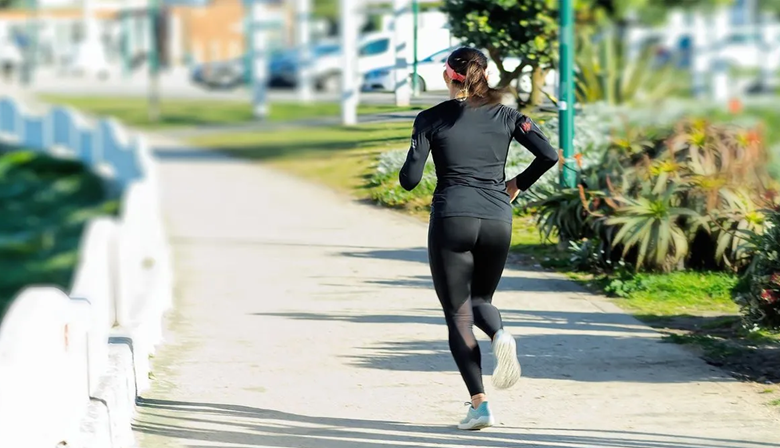Are we really healthy? Study finds 20 crore Indians ‘inactive’

News Mania Desk/Piyal Chatterjee / 7th September 2024
According to international norms, almost 20 crore Indians are categorized as “inactive,” according to a groundbreaking nationwide assessment on sports and physical exercise. The study emphasizes that the effects of inactivity are greatest for girls living in metropolitan areas. The World Health Organization (WHO) suggests that adults should participate in at least 150 minutes of physical activity every week to lower their risk of illness, anxiety, and depression. These findings are based on their guidelines.
Children and teenagers should be active for at least 60 minutes a day, according to WHO recommendations. However, in a society where scholastic demands frequently take precedence over physical activity, this benchmark is notably missed.According to the poll, which was carried out in collaboration with the nonprofit Sports and Society Accelerator, an active India by 2047 would increase GDP by more than Rs 15 trillion yearly.
The need of differentiating between sports and physical exercise is emphasized by Desh Gaurav Sekhri, Co-Founder of Sports and Society Accelerator. The two are frequently confused in India, where the emphasis is more on competitiveness and excellence than on community benefits and health.
One of the most alarming results of the survey is the disparity in physical activity between genders. Due to safety concerns and restricted access to public areas such as parks and playgrounds, urban girls are disproportionately impacted. In addition, home duties and childcare obligations take up three-quarters of an Indian woman’s active time. The rate of inactivity in urban regions is about twice that of rural areas.
The report also shows how urgently physical education needs to be included in school curricula. Of the children surveyed, 21% said their school did not have a playground and 67% said their school did not have any sporting equipment. “One of the biggest myths we need to debunk is that physical activity hinders academic success. In reality, it complements and enhances academic performance,” says Swetha Totapally, Regional Director for Dalberg Advisors, Asia Pacific.
The survey involved focus groups with parents, blue-collar workers, physical education teachers, and students in Maharashtra, Uttar Pradesh, Odisha, and Tamil Nadu.






